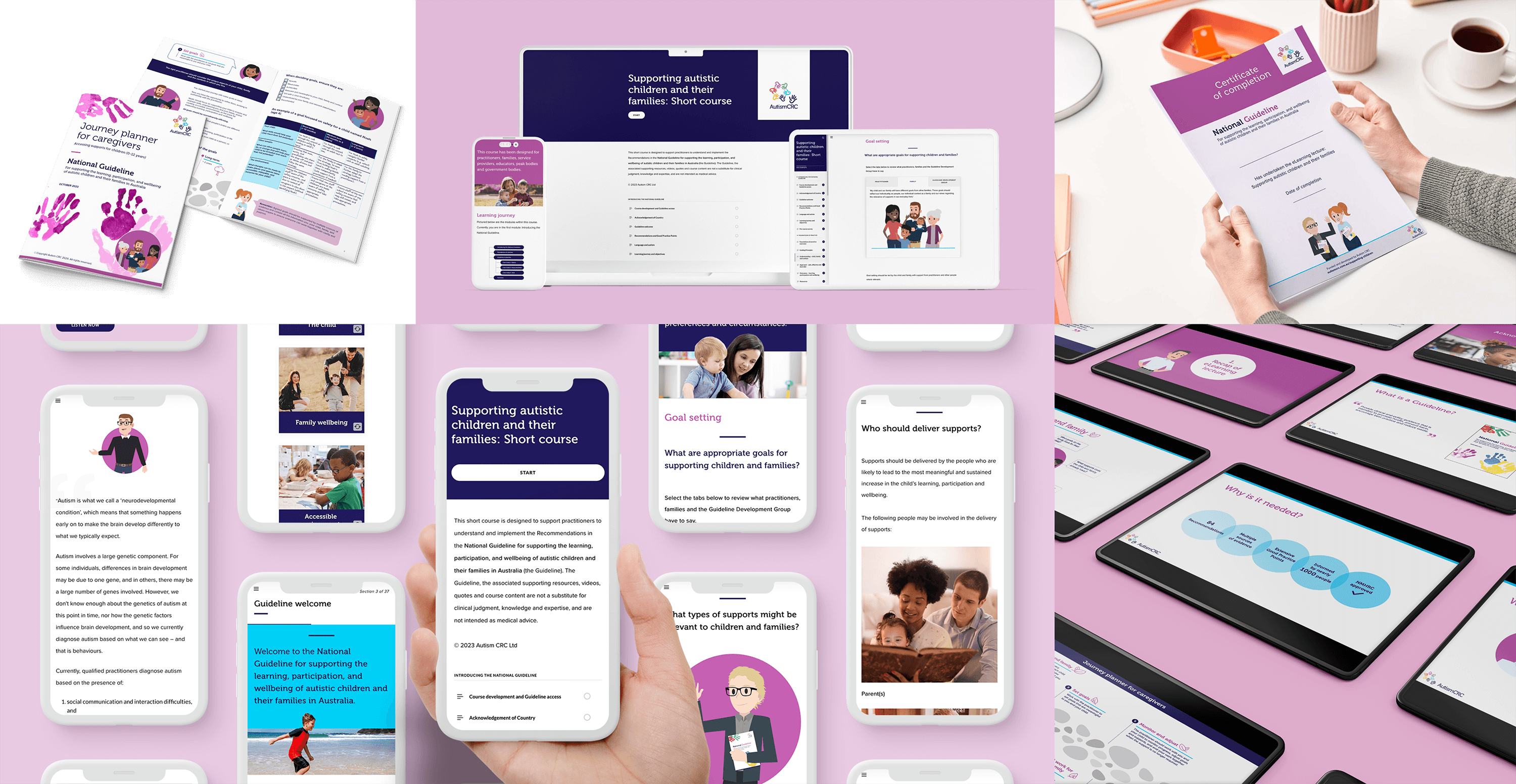Navigating Moral Considerations in AI-Assisted Design
As a learning designer, you hold immense power in your hands – the power to revolutionise education with the help of AI. But with great power comes great responsibility, my friend. So, let’s dive into the ethical minefield that comes with leveraging AI, and explore how you can navigate this landscape with grace and integrity.
The Algorithmic Bias
One of the most common ethical quandaries with AI is the potential for algorithmic bias. Imagine if the data used to train these systems reflects historical biases or stereotypes – yikes! This could reinforce inequalities and fail to accommodate diverse backgrounds and experiences.
To combat this, you’ll need to ensure that the data driving AI tools is diverse and inclusive. This might involve actively sourcing input from a range of demographic groups and perspectives during the design process. By doing so, you can create learning environments that are as equitable and beneficial for all learners as they are engaging.
Transparency and User Trust
Transparency is another critical ethical consideration in AI-enhanced learning design. When learners interact with AI systems—be it in the form of chatbots, personalised content, or assessments—they deserve to understand how these systems work. This transparency fosters trust and encourages learners to engage more fully with the technology.
As a designer, your mission is to make the inner workings of AI as clear as crystal. Provide learners with straightforward explanations of how their data is used and how AI impacts their learning experience. Demystify the technology to mitigate concerns about surveillance or data misuse.
The Educator’s Edge
Here’s the truth, my friend: an educator’s intuition, empathy, and the ability to build relationships are irreplaceable elements of effective learning. No matter how advanced your AI becomes, it will never be able to replicate the magic that a skilled educator brings to the table. As you weave AI into your instructional design, make sure it complements and empowers educators, rather than displacing them.
This means thinking critically about how AI can assist teachers in their roles, such as by automating administrative tasks or providing insights into student performance. By doing so, you’re freeing up educators to focus on what they do best: fostering a supportive and engaging learning environment.
The Ethical Endgame
The integration of AI into eLearning and instructional design presents exciting opportunities, but it also demands a delicate approach. By addressing issues of bias, transparency, ethical data practices, and the vital role of educators, you’re ensuring that ethics remain the foundation upon which your AI-powered designs are built.
At the end of the day, the goal is to create inclusive, fair, and effective educational environments that empower all learners to succeed.
OUR WORK











